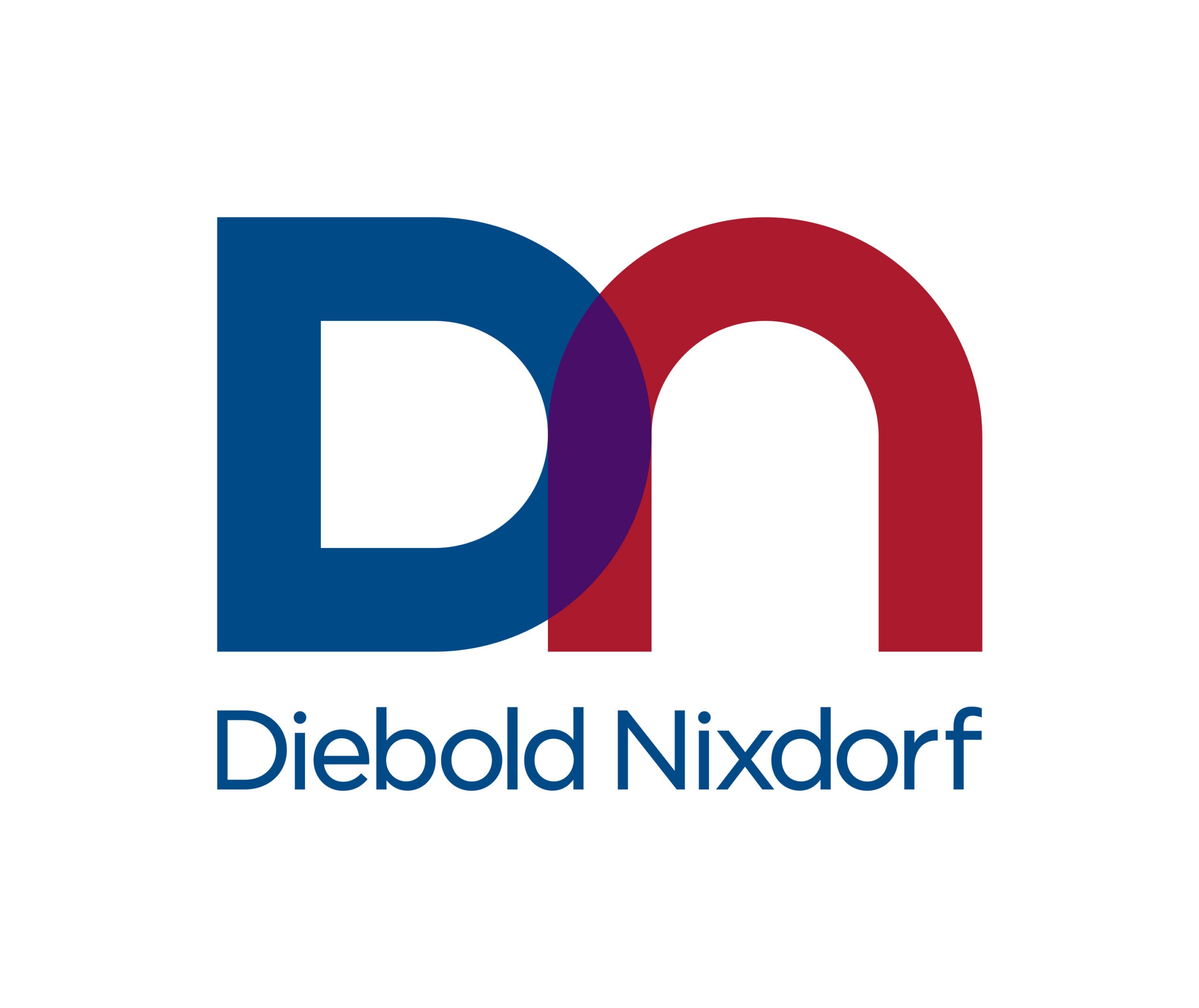
Technological innovation has transformed the banking and financial services ecosystem with new fintech entrants forcing their way in.
The fintech and alternative payment methods (APM) market is now booming. Players in this segment are at the forefront of innovation, satisfying consumer expectations with streamlined services for paying bills, sending payments, consolidating personal finance, applying for loans, and investing in cryptocurrency.
While this is shaking up the competitive landscape, it’s not necessarily bad news for banks according to Lixia Zhu, head of product for Vynamic Payments at Diebold Nixdorf.
“Historically, banks thought about fintech as a threat. As fintechs continue to enter this market, we are seeing banks go from resisting to observing to now actively seeking partnership with fintechs to bring extended solutions and services to their ecosystem,” she explains.
Such partnerships benefit both sides significantly. Banks can offer innovative, value-added services to consumers without significant technology investment, enabling them to maintain their focus on their core business while increasing customer loyalty. Fintechs gain access to the bank’s extensive client portfolio and can integrate into the banking ecosystem without having to navigate its complex regulatory landscape.
But there’s a third party that benefits from these partnerships: the consumer. By developing solutions that consumers can use to consolidate financial accounts from various banks, for example, FI-fintech partnerships provide the people with previously unavailable personal finance management options, enabling them to enjoy greater control over their data and save time and money with genuinely useful tools.
Many of these collaborations are taking place in the open banking space. “Open banking refers to the practice of financial institutions (FIs) providing open, consumer-permissioned access to financial data through the use of standardised application programming interfaces (APIs),” says Zhu.
APIs allow two or more applications to communicate with each other, essentially providing a common language for sharing the consumer’s financial data. With this direct data access, consumers can seamlessly connect to a myriad of apps and services without direct interaction with their FIs.
What is driving open banking adoption?
Open banking is not a new concept but it is one that is evolving quickly, driven first by European regulation. In 2015, the European Parliament announced its Revised Payment Services Direction (PSD2) directive. This was adopted into UK law in 2018 and other European countries, especially in the Nordic region, followed soon after.
Behind PSD2 was the motivation to make payments more secure, boost innovation, and help banking services adapt to new technologies. Many third-party applications have flourished in the region as a result, including UK budget tracker apps Yolt, Chip, Plum, Money Dashboard, and Emma.
Elsewhere, the demand for consumer-directed finance solutions is driving open banking’s adoption. According to Fintech Effect 2021, a research report from Plaid, nearly 90% of Americans rely on digital solutions to manage their money, and they typically have three or more fintech apps on their mobile phone. The Covid-19 pandemic has undoubtably played a hand here, supercharging the digital financial revolution and increasing consumer demand for financial inclusion.
Another personal finance manager, Intuit Mint was one of the US pioneers of open banking. The company has an additional service called TurboTax, which helps users file their income tax returns. There are also services like PayPal-owned Venmo that enable peers to make payment to each other (P2P) to split checks for restaurants, for example.
The absence of a federal regulatory framework is slowing adoption slightly in the US. By leaving it up the individual institution whether to share their customer data, there is a degree of uncertainty for consumers. Moreover, the market is fragmented by its wide range of players in both the US and Europe.
Open banking is poised to take off in the rest of the world. In Asia-Pacific, the existing extensive digital ecosystems and consumer willingness to share data create the perfect environment for open banking adoption rates to skyrocket. Singapore is currently the most advanced market in the region, followed by Australia and China. The market is also being tested in the Middle East, Africa, and Latin America, where open banking infrastructure is currently being built and pioneered by start-ups.
Open banking is powering collaborations
“The key for banks is not to feel they have to adopt open banking because it’s a regulation in their region, but rather to turn this mandate into an opportunity,” notes Zhu.
It goes back to the case for collaboration between traditional banks and fintechs. With open banking, FIs can see how their customers are using fintech to manage their finances, leading to a better understanding of the consumer’s financial needs and creating the potential for new innovations and customized products and services. Banks can also drive consumer engagement and loyalty through third-party applications, increasing transaction volumes.
“Open banking provides a new way to increase revenue for banks who are willing to think differently,” says Zhu, adding that there is an opportunity to refer customers and cross-sell products through these collaborations.
There are many advantages for both banks and fintechs. Ultimately, however, both sides’ focus should be on the consumer. Open banking offers consumers more choice and control, along with increased financial literacy, financial inclusion, and innovative experiences. It also improves data security by removing on-file credentials from the fintech ecosystem, where they were previously vulnerable to data breaches by bad actors.
“Open banking is promoting opportunities, powering connections, and driving consumer adoption,” summarises Zhu. “Open banking APIs drive innovations as fintechs develop the next-generation of financial management products and services and revolutionise money movements and payments.”
Yet open banking is just one evolution in the fast-changing consumer banking space. Banks must ensure they are equipping themselves with the platforms and tools needed to thrive in this new era of electronic payments. Designed with innovation at its core, Diebold Nixdorf’s Vynamic Payments platform is built upon modern, cloud-native infrastructure which can ‘plug and play’ to meet future technical standards and innovations with flexibility and scalability.
Under open banking frameworks, third-party partners are exponentially nudging a bank’s infrastructure with requests for account information, payment permission, and live data feeds. The risk of an overload on a bank’s network is heightened. Vynamic Payments platform is a highly stable system capable of supporting high-volume, real-time data requests with availability and reliability.
Open banking is inevitable. Only those who treat the trend as an opportunity to redefine and prioritise what they add in this value chain will win customer loyalty in both the short and long term. As this wave of APIs and innovation gathers pace around the globe, Vynamic Payments is equipped to power FIs with the tools they need to successfully seize this opportunity and drive seamless and innovative digital experiences for consumers.
Download Diebold Nixdorf’s new report ‘The Intelligent Bank: Transcending Consumer Demands’ below.


